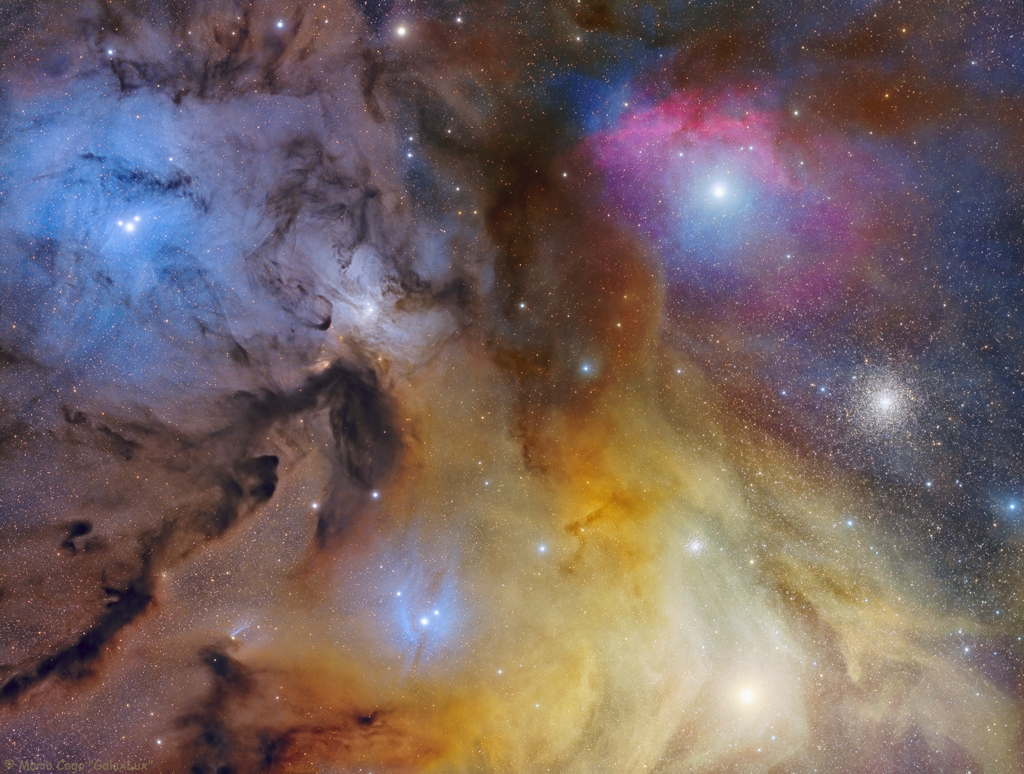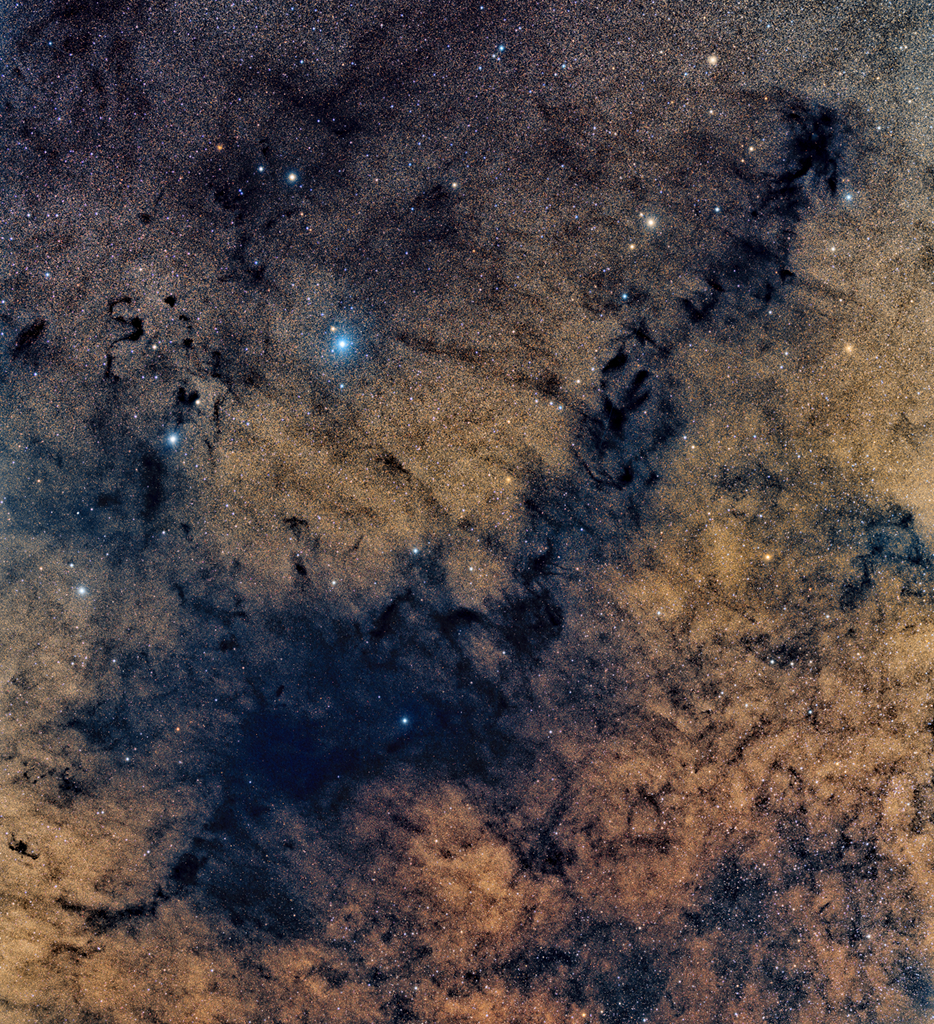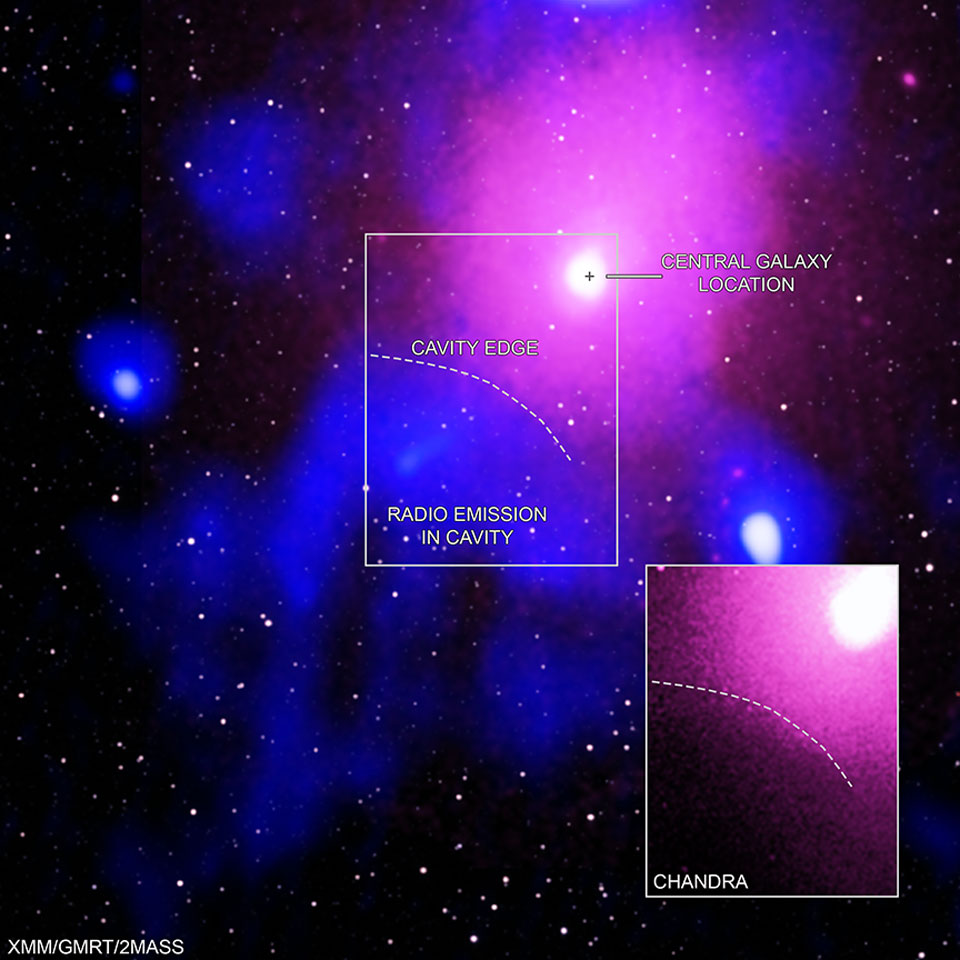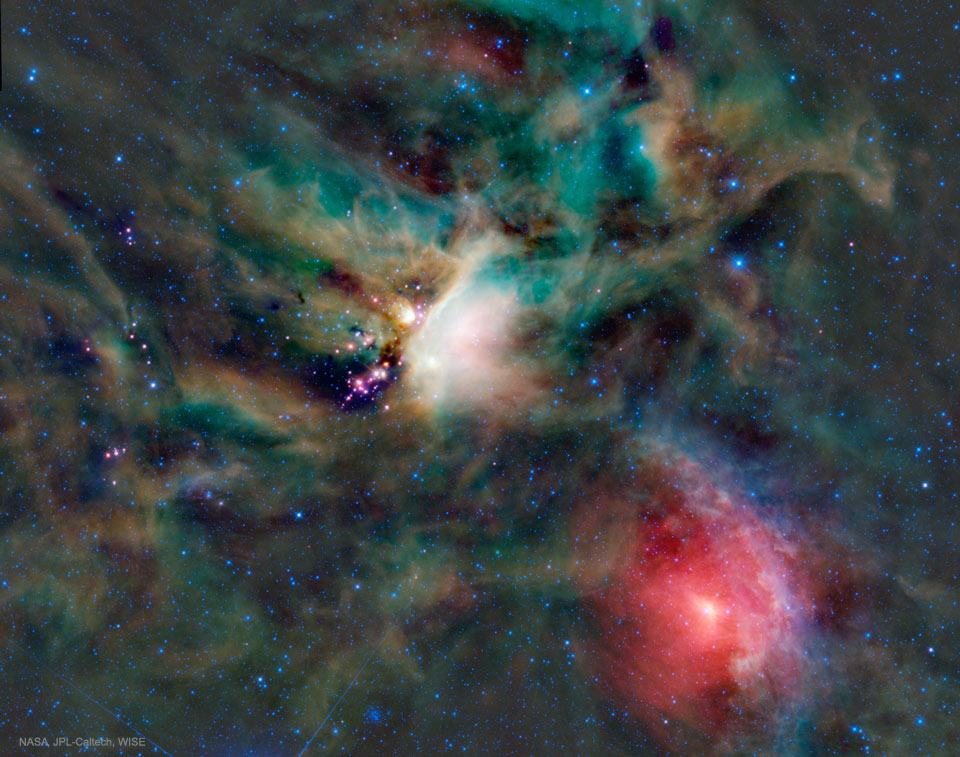心宿二附近的恒星、尘埃和气体
2022年1月26日 Stars, Dust, and Gas Near Antares Image Credit & Copyright: Mario Cogo (Galax Lux) Explanation: Why is the sky near Antares and Rho Ophiuchi so dusty yet colorful? The colors result from a mixture of objects and processes. Fine dust — illuminated from the front by starlight  […]






